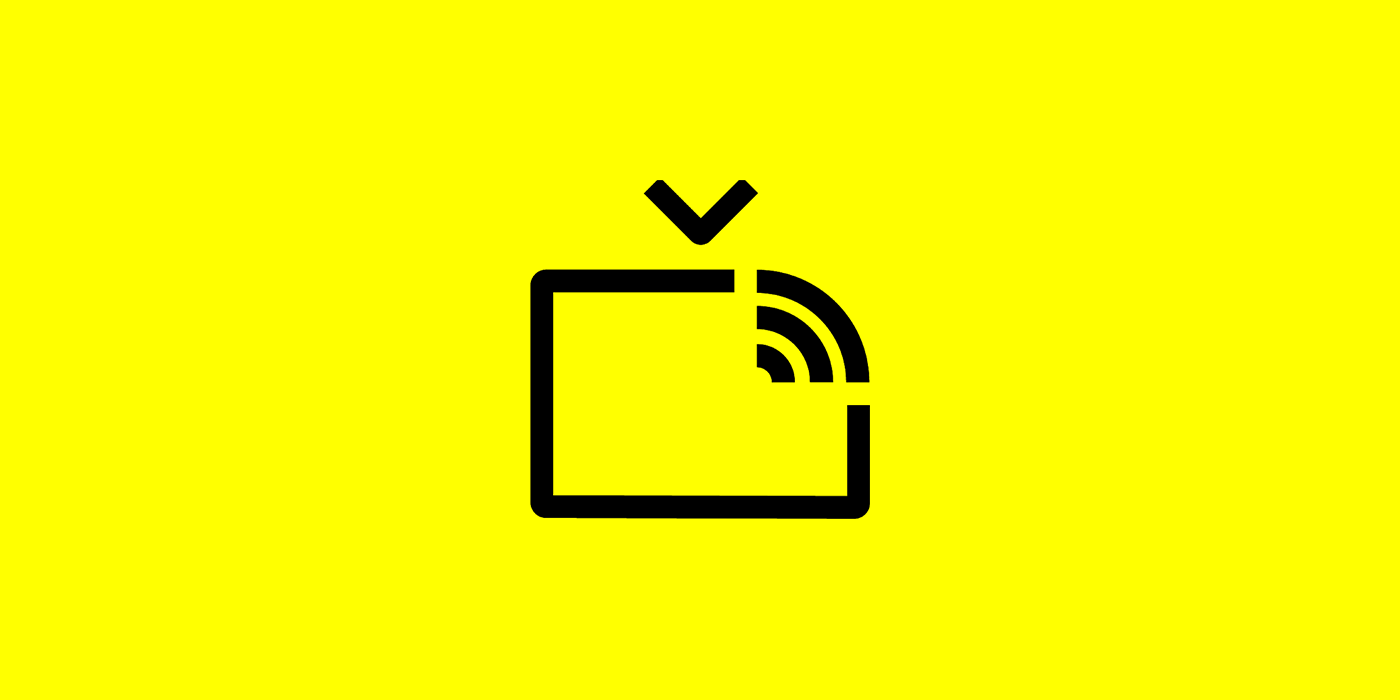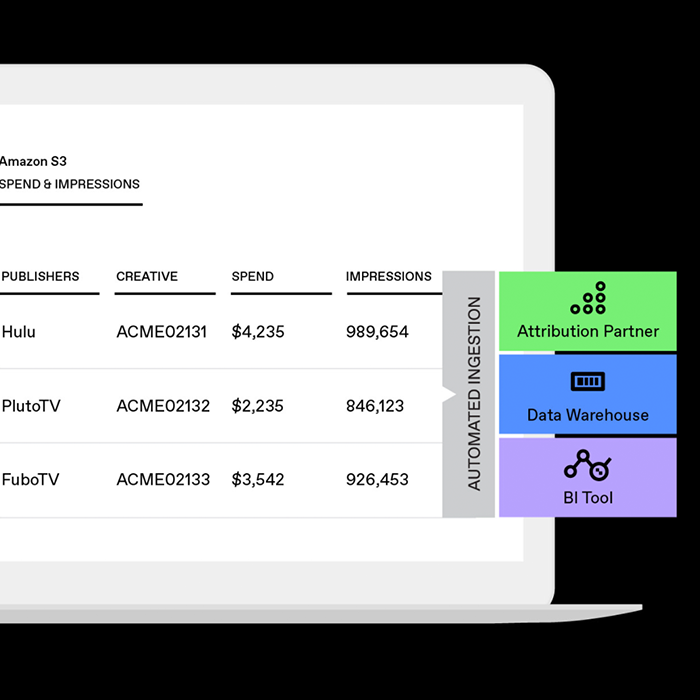
Doubling Down on 1P Data for TV Advertising
As Tatari has grown, so have our first-party (or ”1P”) data collection methodologies. Released under the name “Tatari Tag Manager” (TTM), we recently rolled out a new pixel technology that offers stronger attribution of TV campaigns, alongside increased data flexibility and transparency. This also means that we significantly reduced our reliance on third-party instrumentation (such as Google Analytics) for site visit and conversion data.
To date, Tatari has mostly relied on integrations with third-party instrumentation (e.g. Google Analytics). This approach offers easy and fast setups; with a click of the mouse in our self-serve dashboard, brands instantly have their data flow to Tatari. These third-party solutions, however, come with non-configurable settings, especially with respect to the sessionization, filtering, and sampling of site visitors.
Sessionization enables advertisers to track users over time. Filtering is required to remove non-TV traffic. The ability to customize both these parameters is a key ingredient to the construction of an optimal baseline for TV (and the measured lift from an ad impression). By configuring each, we correctly take into account each brand’s purchase journey and remove data anomalies from resets. This improvement is most noticeable for advertisers with high recurring traffic (e.g. repeat shopping, subscription services, etc.) since TTM is particularly adept at identifying unique visitors.
Third-party instrumentation also reduces 1P data access through sampling. For example, Google Analytics will limit data flow as soon as a site hits 500k sessions. Tatari Tag Manager is unlimited and allows brands to use their 1P data to the fullest and greatest detail.
Example: Google Analytics traffic with sampling kicking in around 500k sessions, and anomalous traffic spikes at daily resets.
Other improvements come about from using Tatari Tag Manager over third-party instrumentation. A summary (vis-a-vis) Google Analytics (free version) is provided below.
The deployment of Tatari Tag Manager was only possible with a major upgrade of our core infrastructure. Today, we ingest about 100 million events every day. That’s good for 1 terabyte of new information added to our server infrastructure per month. This is not where it ends. With more data comes higher security needs. Whilst Tatari doesn’t collect strict PII (short for personally identifiable information such as names, phone numbers, etc), we hired for, and built in infrastructure security.
We are now also pushing for better 1P data capabilities in mobile. To date, we have enjoyed tight integrations with MMPs (short for Mobile Measurement Partners, such as Adjust, Appsflyer, etc). We are currently rolling out a major facelift by offering Server-to-Server instrumentation for mobile. Similar to Tatari Tag Manager for the web, a direct integration with mobile brands makes increasingly sense as our scale increases.
Television measurement is not just about clever attribution technologies. It’s only half. The quality and completeness of the data inputs are equally important. Whilst the use of tools like Google Analytics or MMPs remain valuable, our in-house Tatari Tag Manager and S2S mobile solutions are vital to an accurate measurement of TV incrementality (and ultimately, our clients’ success).

Philip Inghelbrecht
I'm CEO at Tatari. I love getting things done.
Related
You Don't Need To Target Individuals To Drive Performance
Google’s move to shut down person-level targeting in its browser isn’t the end of performance marketing. Quite the contrary. It’s the redirect our industry needs to get back on track.
Read more
Harvesting the power from granular TV advertising data exports
Many brands use granular advertising data to perform deep analysis & help them optimize multi-channel advertising strategies. Here are a few ways you can use raw TV data to optimize advertising strategies.
Read more
Tatari Gives Marketers Powerful Tools for Granular TV Campaign Analysis
See the new features we're releasing to help marketers measure TV campaigns with the sophistication and detail of a digital campaign, making it easier to compare one against the other.
Read more


